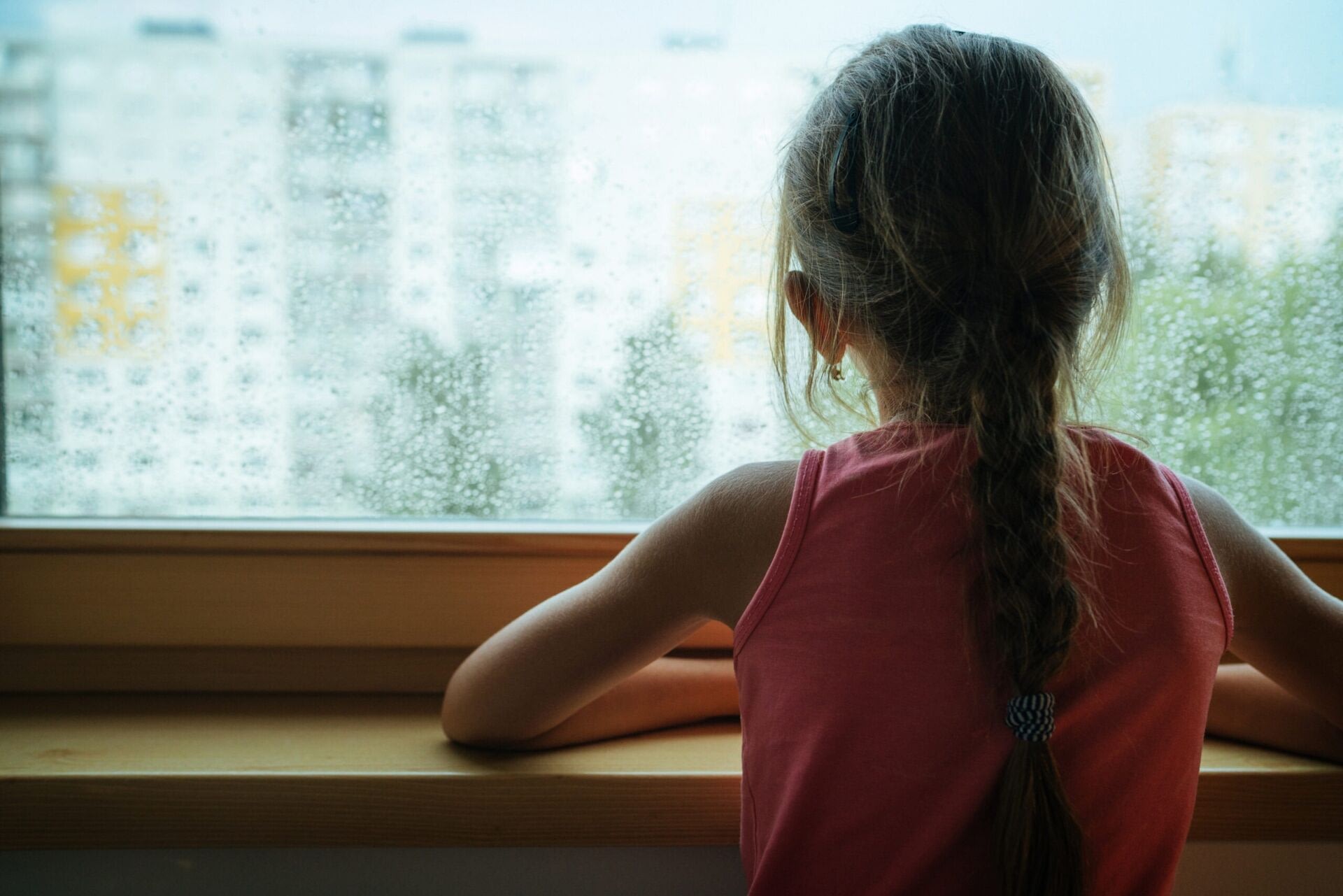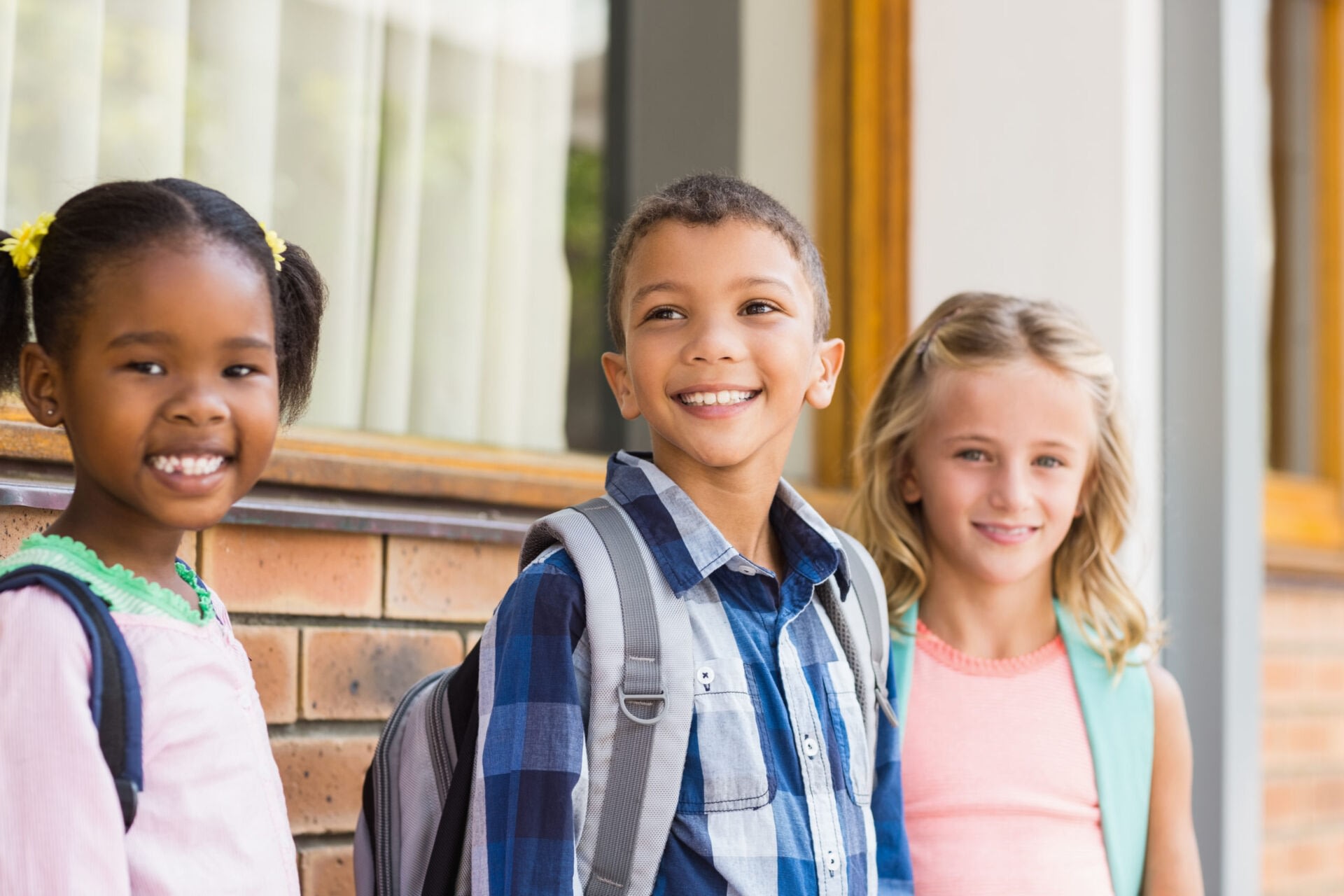Understanding PTSD in Children & Adolescents
Detail page
In recognition of PTSD Awareness Day, the Trauma and Grief Center is sharing information about PTSD in children and adolescents. The early identification and timely treatment of PTSD in children can help to eliminate long-term suffering and prevent the intergenerational transmission of trauma. The information below can help adults to more easily recognize PTSD in youth and to know which evidence-based treatments to look for.

Understanding PTSD in Children & Adolescents
Approximately half of U.S. youth will experience at least one traumatic event over the course of our lives. Traumas can leave a lasting impact and result in a range of mental and behavioral health issues, including Posttraumatic Stress Disorder (PTSD). PTSD can be considered a “normal” reaction to an abnormal event. The many potentially traumatic events that we have encountered over the last couple of years, including the COVID-19 pandemic, community violence, and mass shootings to name a few, have raised awareness about what trauma and PTSD can look like in children and the need for increased access to trauma-informed, evidence-based interventions.
Defining PTSD & trauma
Trauma and PTSD are terms that are often confused. Trauma is an event that happens to someone while PTSD is the psychological or behavioral reaction to a trauma. To be diagnosed with PTSD, the individual must have experienced a life-threatening or very frightening event or heard about this type of event happening to a close loved one. What may be “traumatic” to one person may not be perceived as traumatic to another, so two people who experienced the same event may have very different reactions. In other words, one person may develop PTSD while the other may not.
How to know whether a child has PTSD
What is often confusing about PTSD in children is that it can look like many other psychological or behavioral problems. For example, children with PTSD may look like they have Attention Deficit Hyperactivity Disorder (ADHD) because PTSD symptoms such as hyperarousal (being jumpy) or hypervigilance (being on edge) resemble attention and hyperactivity problems. For this reason, our TAG Center’s trainings with teachers and school personnel focus on recognizing how PTSD can manifest in students of different ages, creating a culture shift from “what’s wrong with that child” to “what happened to that child?” Shifting this mindset is the first step to truly understanding the impact of trauma on children’s behaviors and what that can look like in the classroom.
Symptoms of PTSD in children can include:
- Re-experiencing the event, which can involve nightmares or feeling like the event is happening all over again, even during the day.
- Avoidance – not wanting to talk about or think about the event. For example, children may walk out of the room if they hear people talking about the event.
- Feeling numb. Sometimes children with PTSD report that they feel like they don’t have any feelings at all. This can often be confusing to parents, especially if a child is not showing much emotion after someone has died.
- Hypervigilance – appearing to be very jumpy or highly attuned to what’s happening in the environment at all times.
- Negative beliefs about the world – children with PTSD may believe that the world is a dangerous and unpredictable place after experiencing a trauma.
Risk factors for PTSD
There are several factors that make it more likely that a child will experience PTSD after a traumatic event.
Some of these include:
- Proximity – the closer they were to the event, the more likely they are to develop PTSD (e.g., those who were closest to a school shooting are more likely to develop symptoms).
- History of prior traumas and losses
- Pre-existing mental health issues (e.g., depression or anxiety)
- Lack of social support
Core treatment elements for PTSD

Trauma-focused treatments
There are a number of trauma-focused treatments for children that share some common elements. First, most trauma-focused treatments include emotion regulation and cognitive coping skill building. Emotion regulation skills are used to help children cope with their strong feelings related to the trauma. Cognitive coping skills help children to generate more “helpful” thoughts that can help them to feel better, such as “I know I’m safe now” or “I’m stronger than I thought I was.”
Trauma processing
Many trauma-focused treatments also include “trauma processing” which involves helping children to talk about and make sense of the traumatic event itself. The more children are able to talk about and describe the trauma in a safe, supportive environment, the less powerful and scary those traumatic memories are.
Caregiver component
Finally, many trauma-focused treatments include a caregiver component, where children share the skills they’re learning with the caregiver. We find that if the caregivers can provide ongoing support, both in therapy and at home, the more effective the treatment is. This often requires that the caregiver receive his or her own therapy, especially if they have experienced their own traumas, in order to be able to fully support their child.
What happens if PTSD goes untreated?
Left untreated, PTSD can lead to long-term problematic outcomes, even into adulthood. These can include depression, suicide risk, substance abuse, relationship problems or violent behavior. In fact, the majority of our society’s most significant problems, including sex trafficking, domestic violence, community violence, and mass shootings, stem from unresolved childhood trauma. This speaks to the need to identify “at-risk” youth and intervene as early as possible to help them lead healthy, happy and productive lives.
To learn more about trainings and resources related to trauma and PTSD, please visit our TAG Center Virtual Learning Library.
